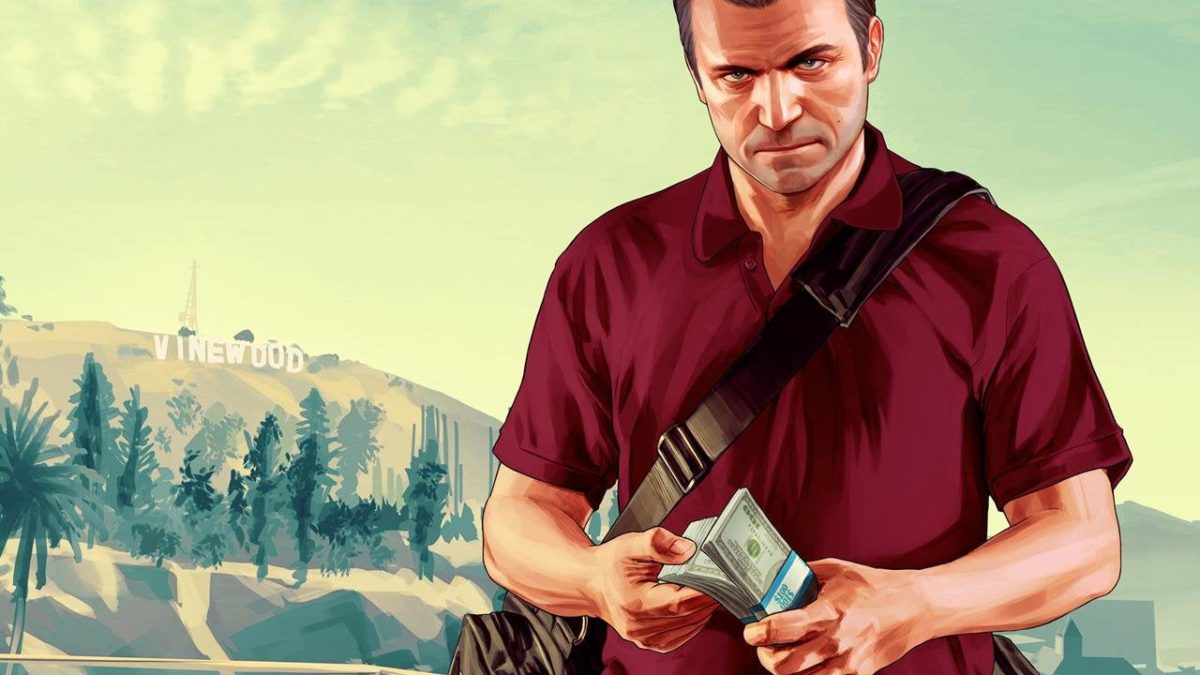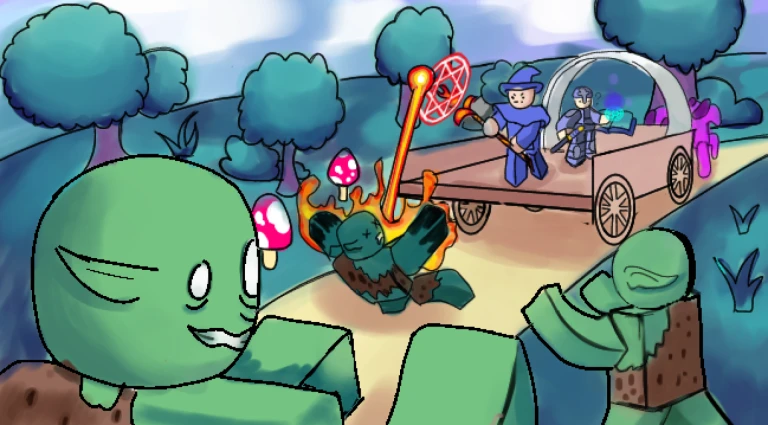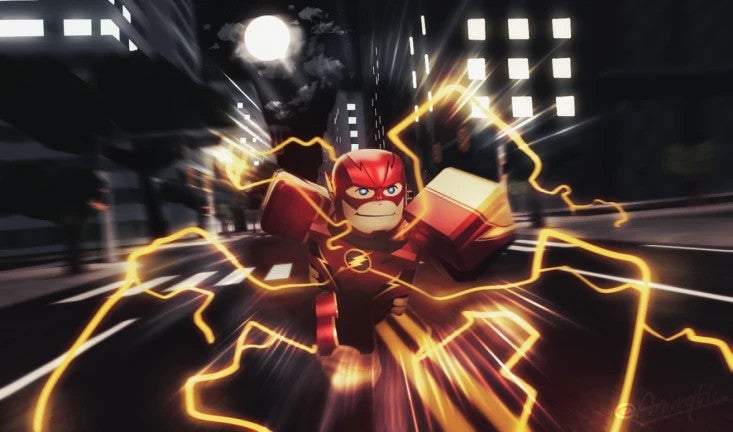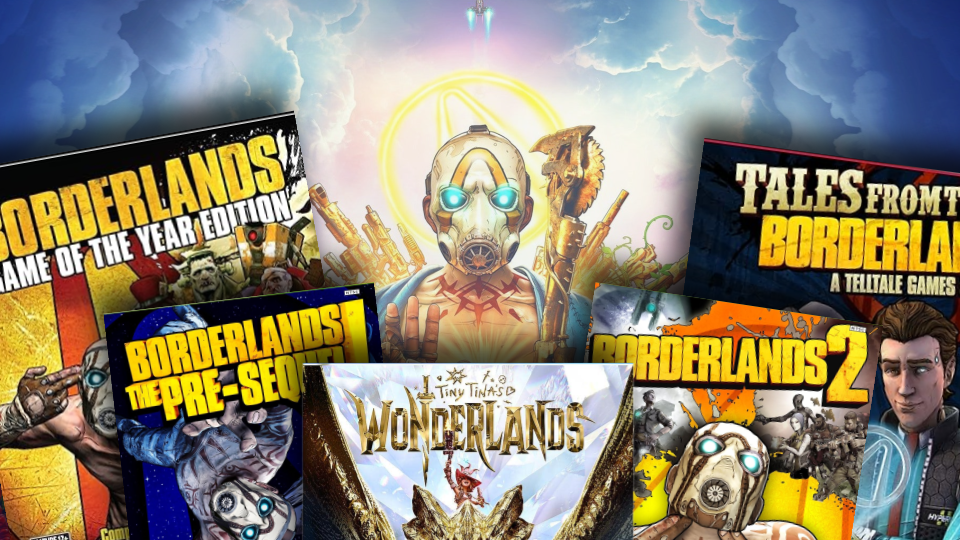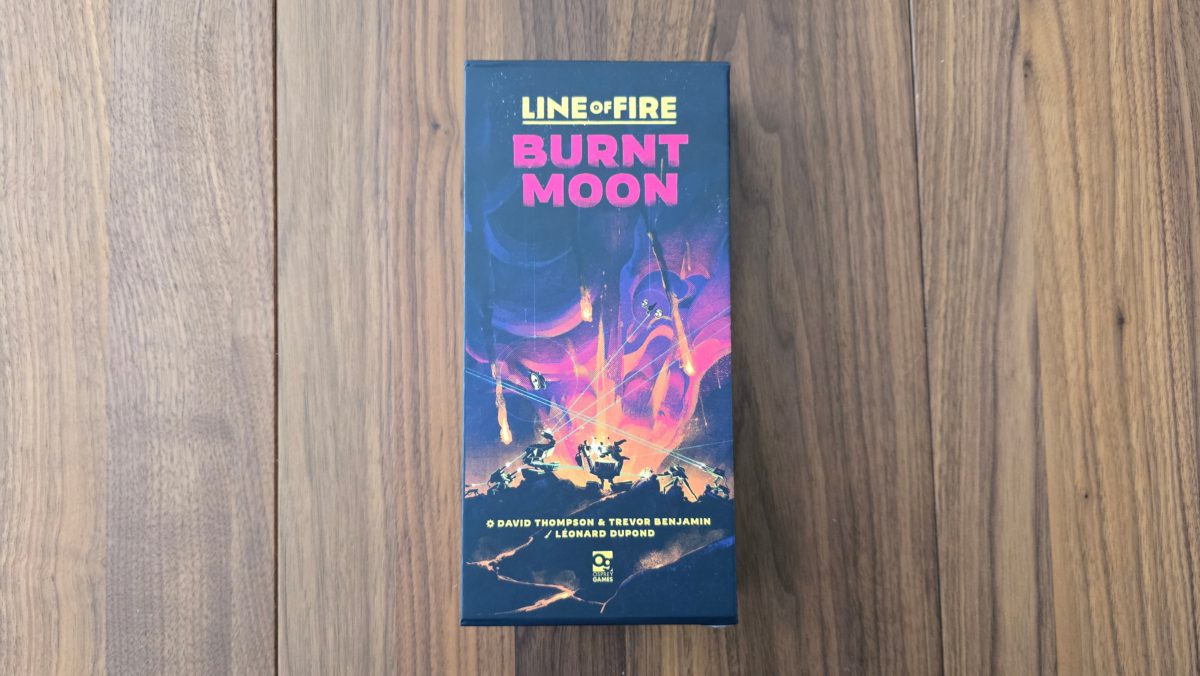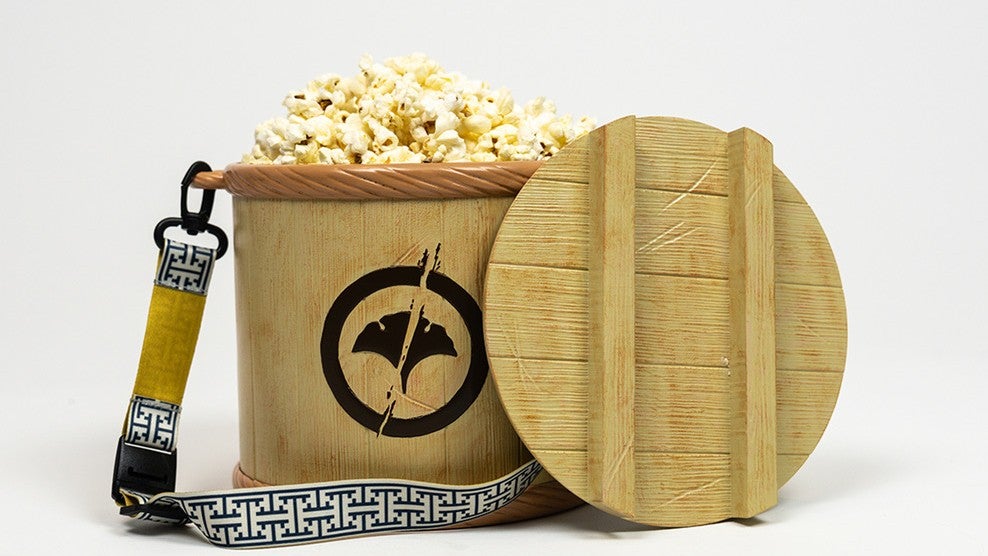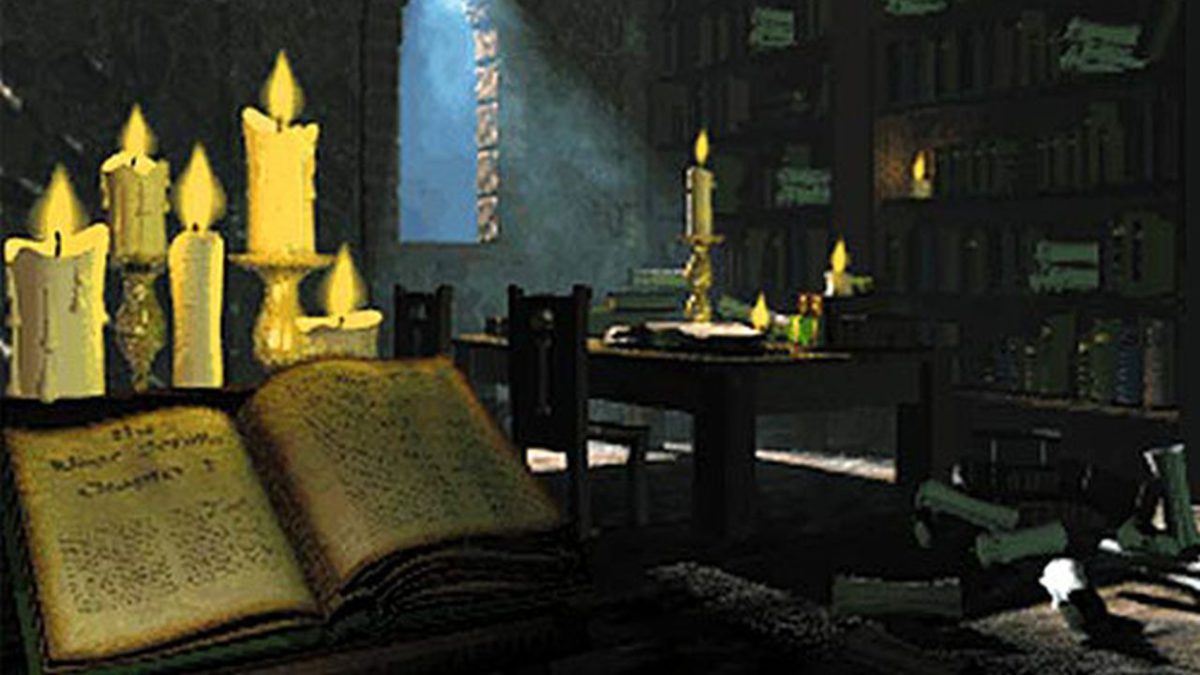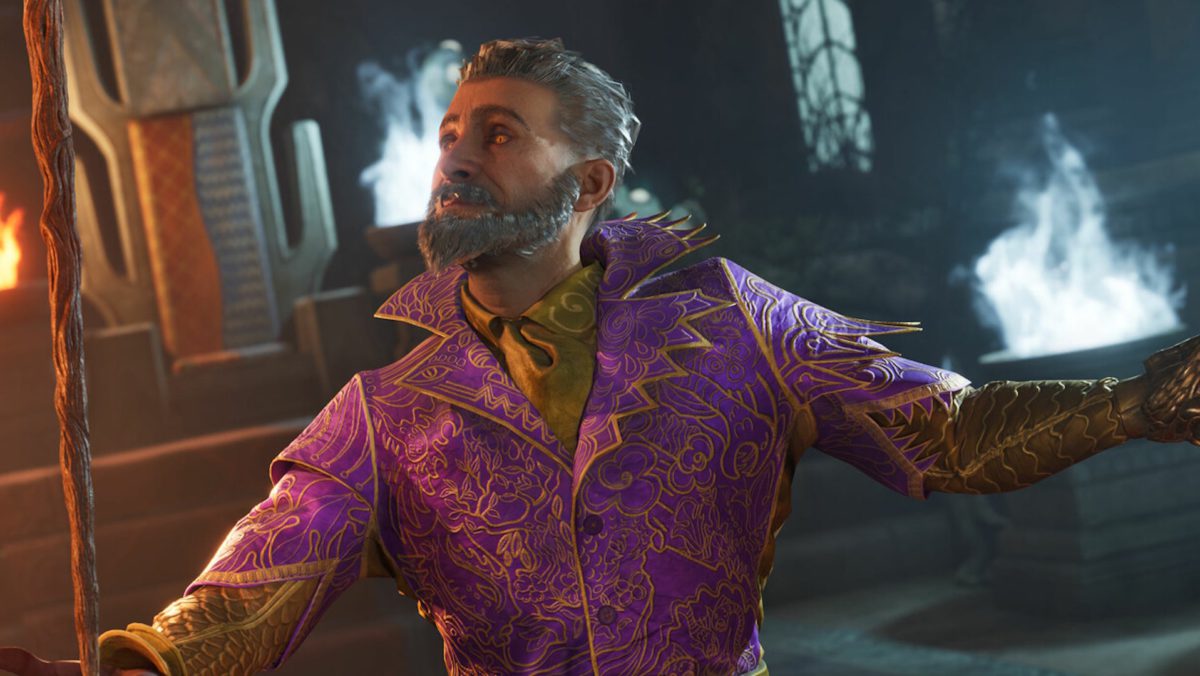Valve co-founder and boss Gabe Newell has offered a rare insight into his life, talking about his days living, working, and enjoying life on a “boat.”
In conversation with a YouTuber called Zalkar Saliev, who had just 19 subscribers at the time the interview clips went live (they’ve since acquired several hundred more), the 62-year-old Newell said he worked seven days a week from his bedroom on his superyacht, because it’s “fun” and he still “likes working.”
Asked to describe his daily routine in an interview Valve has confirmed to PC Gamer is real, Newell said: “I get up, I work, I go scuba diving, work some more. I either go on a second scuba dive or I go to the gym and work out. Then I work. I live on a boat, so I just hang out with everybody on the boat.”
“I work seven days a week,” he added. “I’m working from my bedroom, as you can tell. I like working. It’s fun. To me, it doesn’t feel like work. The kinds of things that I get to do every day are super awesome. I’ve said it before, but when you retire, you want to stop doing your horrible job and then go do what is most fun and entertaining. And so in that sense, I’ve been retired for a long time.”
Expanding on the types of work that keep him busy these days, Newell said: “Getting to work with Drew and Jeremy on AI stuff or Chris on Steam stuff… In one of the companies, we’re working on an aerosol pathogen detection device so you can see all the pathogens that are in the air. Brain computer interfaces are incredibly cool, and all of the associated neuroscience is incredibly cool. So, I just work all the time.
“But it’s not like, ‘Oh my God, I’m up late at night slaving away on stuff.’ It’s more like I can’t go to sleep because I’m having fun, you know?”
Valve, the studio behind seminal hits like Half-Life, Left 4 Dead, Dota 2, and Counter-Strike, is also the company behind the industry-leading Steam online game platform, plus the acclaimed Steam Deck handheld system. As of 2021, it employed 336 people across its hardware, Steam, and development divisions.
Newell previously worked at Microsoft, where he helped create the first versions of the Windows operating system, but left in 1996 to found Valve with Mike Harrington and develop the studio’s first game, Half-Life.
Photo by Olly Curtis/Future Publishing via Getty Images.
Vikki Blake is a reporter for IGN, as well as a critic, columnist, and consultant with 15+ years experience working with some of the world’s biggest gaming sites and publications. She’s also a Guardian, Spartan, Silent Hillian, Legend, and perpetually High Chaos. Find her at BlueSky.

